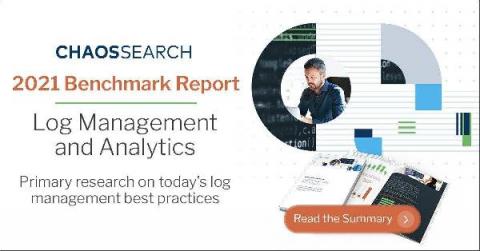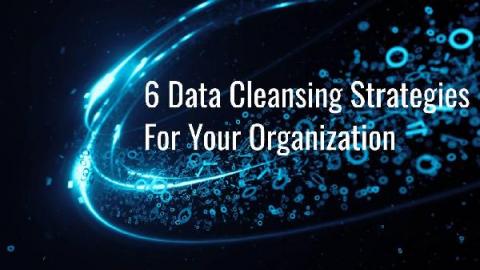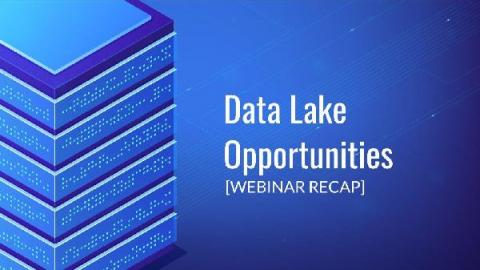The Rise of the Cloud Data Platform and Index-Driven Data Lake
As enterprises digitize their businesses, their digital actions create myriad data points that hold great potential value. But, like pieces of a puzzle, you realize the true value when you integrate the data points.











